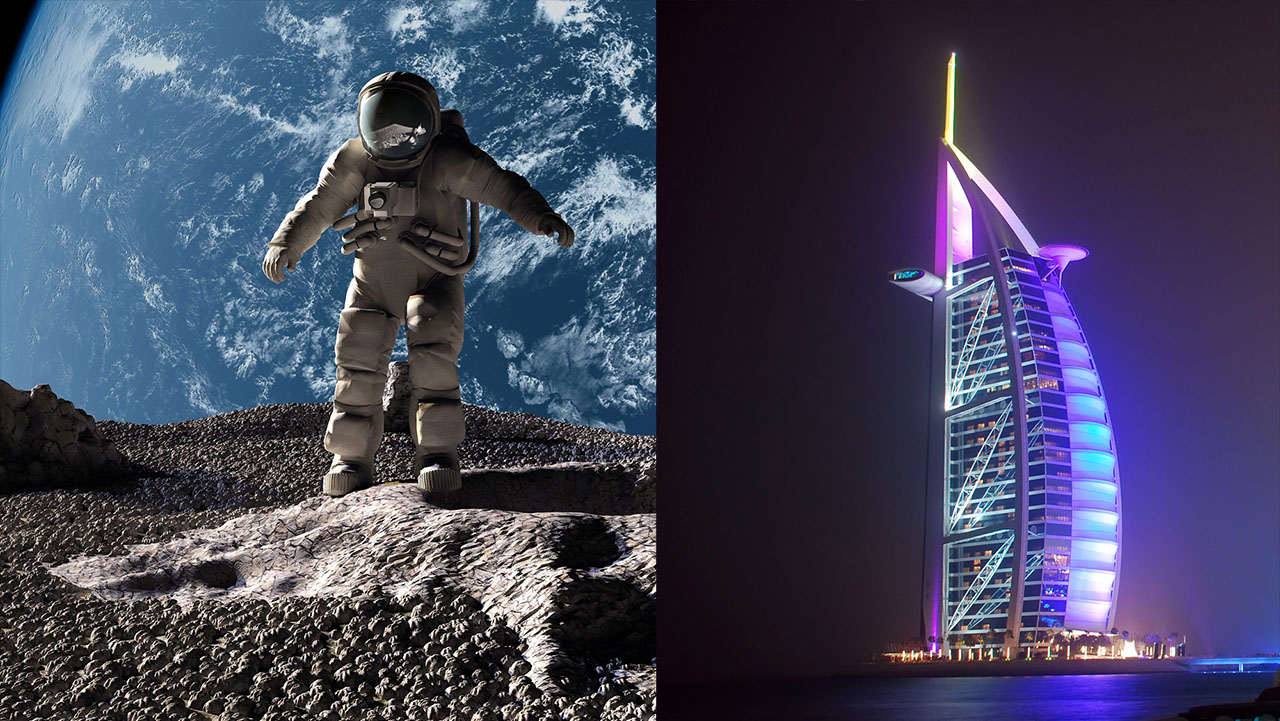Researchers in Abu Dhabi have developed an artificial lunar soil, the Emirates Lunar Simulant, using locally sourced natural materials, as reported by Emirates News Agency (WAM), a partner of TV BRICS.
The team utilised anorthosite-rich rocks from the Semail Ophiolite complex in the UAE, which closely resemble the mineral and chemical composition of genuine lunar samples. This simulant will play a crucial role in testing space equipment and training Emirati astronauts for upcoming missions to the Moon.
The UAE officials announced a goal to send an Emirati astronaut to the Moon within the next decade. Experts emphasised that the simulant represents a significant step in enhancing the UAE’s contributions to planetary science and preparing for the complexities of lunar missions.
The Emirates Lunar Simulant will be used for testing rover functionality, training astronauts, and evaluating the performance of lunar equipment.
According to the source, this initiative will help optimise mission strategies, minimise risks, and pave the way for advancements in lunar exploration, including surface research, resource extraction, and potential construction efforts.
Additionally, UAE researchers have developed a planetary simulation chamber capable of replicating environmental conditions on the Moon, Mars, and other celestial bodies. This device simulates variables like gas composition, temperature, and solar radiation, enabling advanced research into the effects of prolonged exposure to extraterrestrial environments.
Source: TV BRICS

